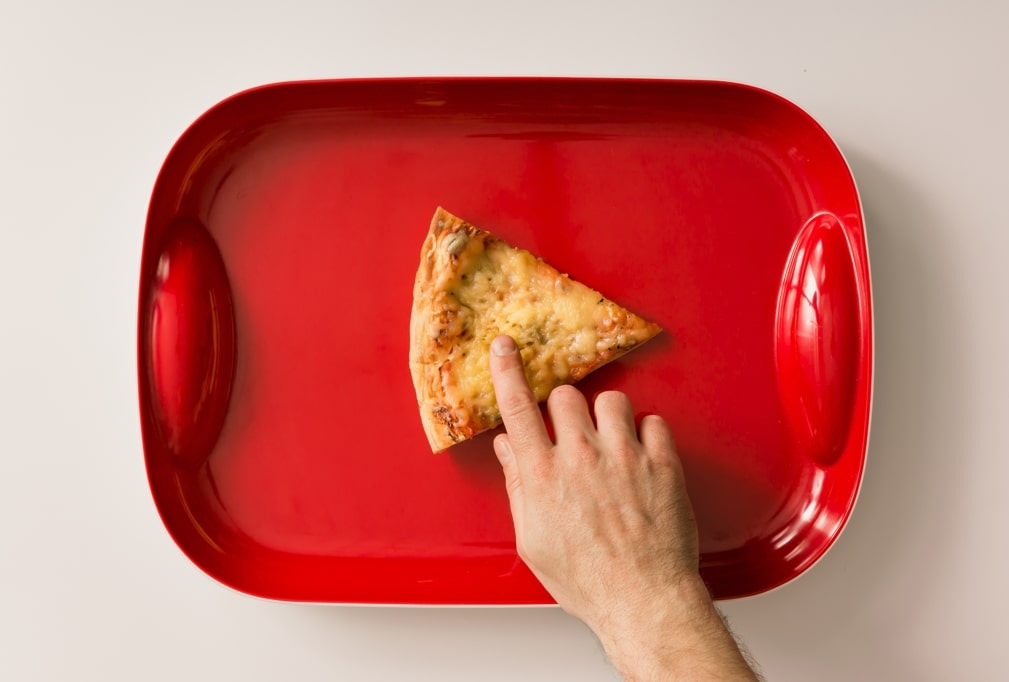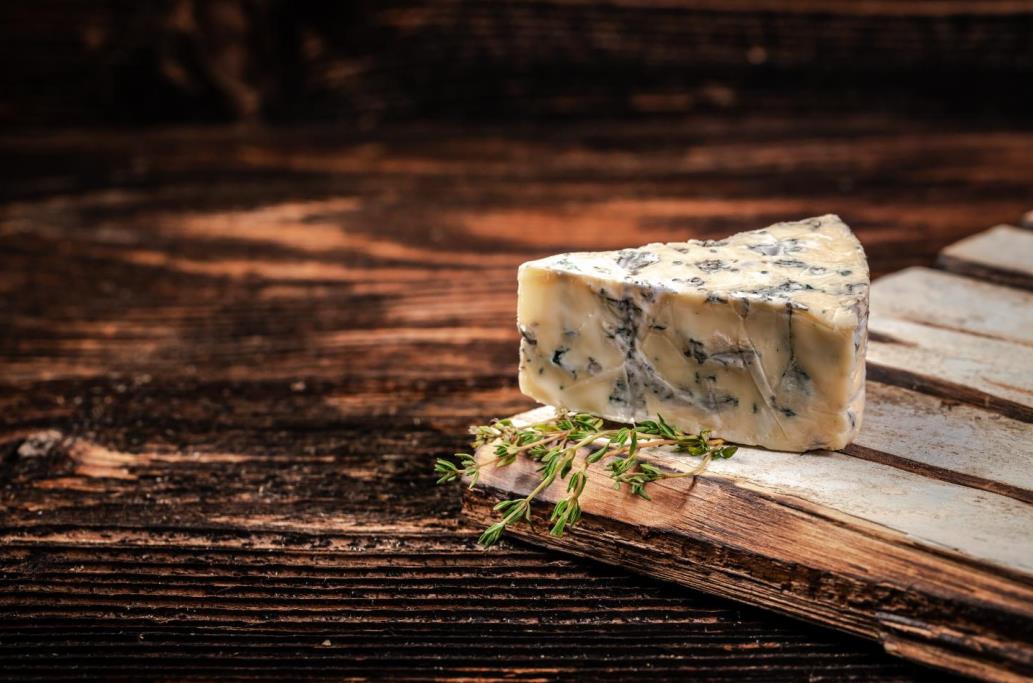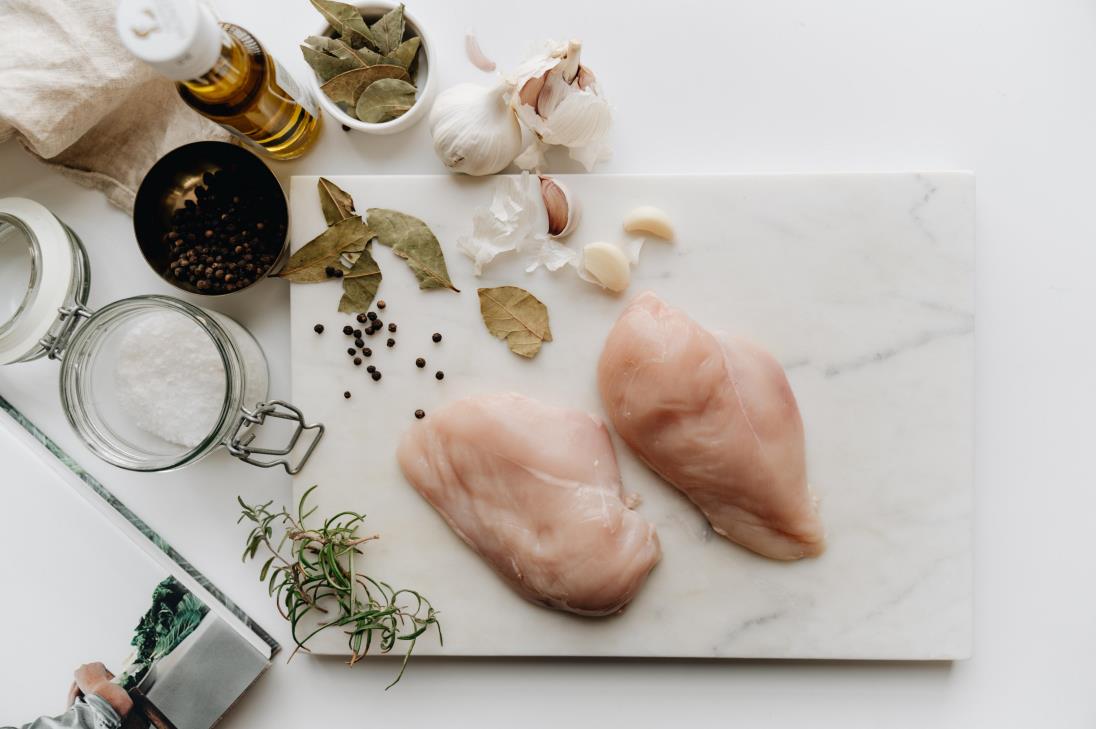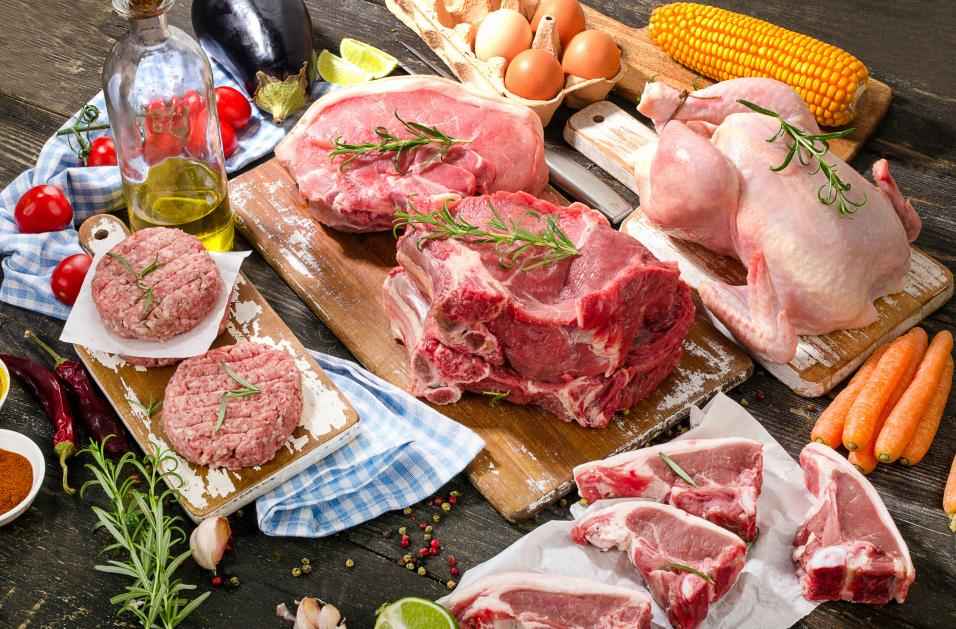End grain, edge grain, and face grain are commonly heard and associated with wooden cutting boards, but what do they mean, and how to choose the right one? In this article, we’ll explain it all and help you decide which type of wooden cutting board to get.
Any piece of wood has three surfaces referred to as end grain, edge grain, and face grain. Here is a brief explanation to help you identify them.
Table of contents
End grain
The end grain is the wood that’s cut along the direction of the tree’s growth. This is unique to end grain and different from face grain and edge grain. The wood fibers are exposed with a checkerboard pattern with end grain cutting boards, showing the growth rings. As the wood fibers stand vertically, they can take a beating quite well and make the most durable cutting boards.
Edge grain
As the name suggests, the lumber’s edges are glued together to form a cutting board. Also known as long-grain, these cutting boards are the most common and are pleasing to the eyes. It shows the natural grain patterns of the tree and is generally lighter. They require less work and steps to make a cutting board. Therefore, edge grain cutting boards are cheaper than end grain cutting boards.
Face grain
The face grain is the piece of wood with one side wider than the other. It’s where you see most of the grain of a tree and with different colors and patterns, sort of like the face of the wood, hence the name. This part of the wood is also softer and will absorb moisture faster than edge grain cutting boards. When taken as a cutting board, the wood fibers run horizontally, added with being on the softer side, these make face grain cutting boards susceptible to showing knife marks.
You don’t need to be a woodworker to differentiate between the three. Here is a detailed explanation of end grain, edge grain, and face grain and their distinctive features as cutting boards to help you choose the right one.
What are end grain cutting boards

Due to the structure of wood fibers in end grain cutting boards, they have a sort of self-healing attribute to them. As the knife’s edge makes contact with the surface of the board, it goes in between the fibers, and they close right back in after you lift the blade. This characteristic makes them an excellent cutting board for butchering and carving.
End grain cutting boards won’t require resurfacing as much as their counterparts and will have a perfect, scratchless surface for a longer time. They take a beating quite well and won’t show scratch marks as the fibers will close back eventually. Though they absorb more moisture, you can make end grain boards repel water more by oiling frequently.
End grain cutting boards are also heavier, which is good if you want your cutting board to remain stable while slicing ingredients. However, this can also be a downside, depending on your preferences.
Pros
- The exposed wood fibers are gentler on knives, keeping a sharp edge for longer.
- The wood fibers close right back up rather than the knife cutting through them, showing fewer scratches on the surface.
- They are suitable for any task that requires plenty of force, like splitting up bones with a cleaver.
- They are aesthetically pleasing, revealing the wood rings and grain patterns running through the entire surface.
Cons
- End grain cutting boards need to be oiled more frequently as they absorb more moisture quickly.
- As more pieces of wood are required to be put together to form a cutting board, they are generally more expensive.
- The high number of individual wood pieces stacked together makes it hard to spot warping.
Best uses
An end grain cutting board can be used in the kitchen for everyday tasks. With enough care, end grain cutting boards become the most helpful surface to work.
They are ideal for extreme works that require force, like carving up meat or cutting through large bones. It’s best to use end grain cutting boards for ingredients that are not too juicy. Chopping greeneries like broccoli, cabbage, spinach, or slicing raw meat is where end grain cutting boards are mostly favored.
Handpicked for you
True cutting power in the palm of your hand
What are edge grain cutting boards
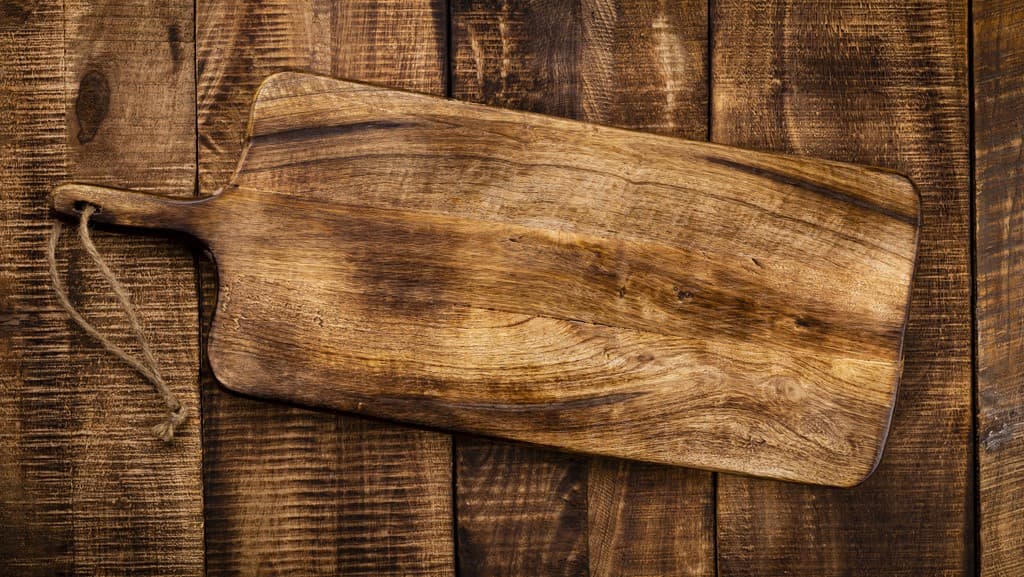
Edge grain cutting boards are the most popular for several reasons, with low maintenance being the leading cause. They are generally lightweight, especially compared to end grain cutting boards. If you’re looking for a board also to display appetizers at gatherings, this helps a lot with serving. The close grained, horizontally running wood fibers make it hard for moisture to go through.
You surely won’t get upset when you need to replace an edge grain cutting board. The sides of timber are easier to obtain and it takes fewer steps to produce a cutting board, making them more affordable. You can find many sizable ones on the market for as little as $10.
The most significant attribute of edge grain cutting boards is their relationship with moisture. An edge grain cutting board will exude moisture and resist food stains with adequately care and oiling.
Pros
- They are low-maintenance cutting boards that won’t require conditioning with mineral oils as often.
- They are generally cheaper due to how they are built.
- Edge grain cutting boards will absorb less moisture, becoming easier to clean.
Cons
- Edge grain cutting boards show more scratches and knife marks.
- The knife’s edges press through the wood fibers when in contact with the surface, making edge grain cutting boards dull the blade faster.
Best uses
You can use edge grain cutting boards for everyday use regardless of what you’re preparing. However, if you’re going to do some heavy-duty work, it’s always a better approach to use an end grain cutting board, as you can end up with a ruined exterior afterward.
The surface of the edge grain cutting boards won’t absorb moisture as fast. Consequently, they are best for slicing juicy things like cooked red meat, grapefruits, and oranges.
What are face grain cutting boards
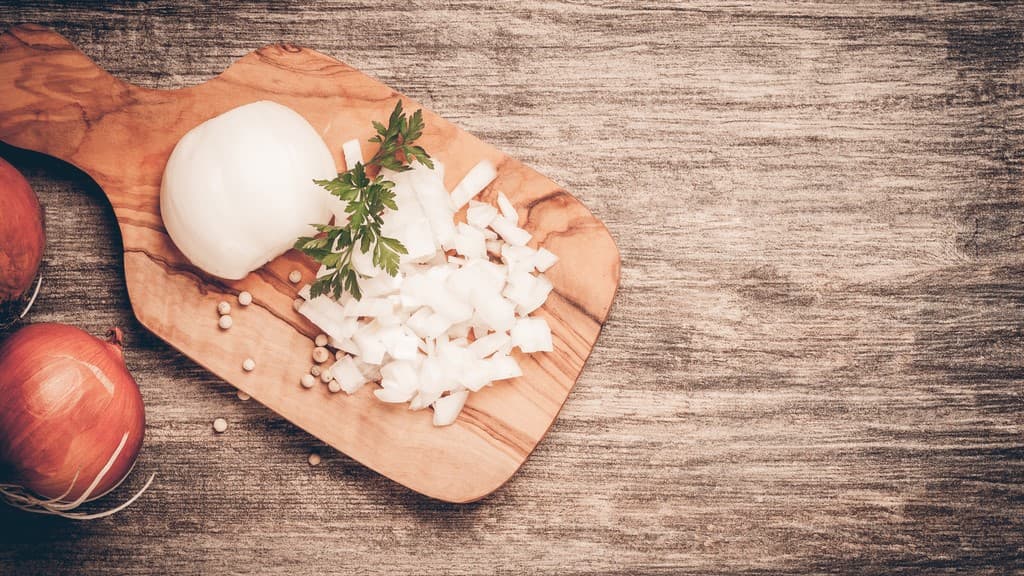
The most notable feature of face grain cutting boards is their gorgeous looks. As it’s the widest and flat side of the tree, you’re able to see more of the wood grain and patterns compared to edge grain or end grain cutting boards.
Though which looks better comes down to personal preferences, face grain cutting boards are a lot more pleasing to the eyes for more people. Because many wood characteristics are shown in face grain woods that come from the tree, they are generally used as countertops or butcher blocks.
Although they don’t absorb as much moisture as end grain cutting boards, face grain surfaces absorb a fair amount of moisture quite fast. They make affordable cutting boards. It’s easier to put together a few pieces of wood to form a surface compared to more pieces that make up an edge grain or end grain cutting board. Overall, face grain and edge grain cutting boards are very similar. Nonethless, face grain cutting boards are softer and absorb more moisture.
Pros
- They are generally lightweight and affordable.
- The visible patterns have stunning looks, making them the perfect plate to present snacks and appetizers at parties.
Cons
- The softer surface absorbs a lot of moisture.
- Face grain cutting boards show the most amount of scratches and knife marks, making them unfavorable for heavy chopping.
Best uses
The cons may look like they outweigh the pros from a dependability perspective. However, face grain cutting boards are still a good pick if you’re not using a cutting board for hours at a time, every day. They are durable enough, at least more than plastic or bamboo cutting boards, and look amazingly beautiful. Face grain cutting boards can be a way to make your countertop pretty with continuous patterns running through the whole lumber.
End grain vs. edge grain vs. face grain: which one should I choose?
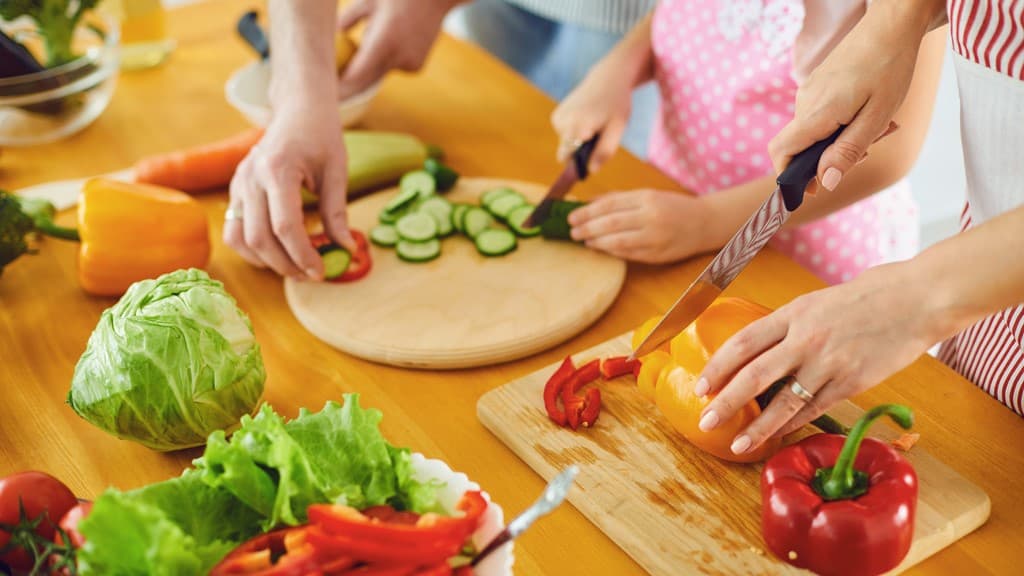
There isn’t a single right choice when comparing each variety. Many of the things that make a good cutting board, especially when we’re talking about water resistance and the board’s connection with the knives, come down to individual preferences.
You need to make up your mind when shopping for a new cutting board by weighing the pros and cons. Looking at the ingredients you prepare most of the time and reflecting on their impact on the cutting board is a great way to start. This can help you choose the proper surface, and you will have an easier time caring for both the cutting board and your knives.
End grain vs. edge grain cutting board
Pick an end grain cutting board if the following applies to you more.
- You prepare ingredients with less fluids like raw meat.
- You want to keep the sharp edges of your knives for as long as possible.
- You prefer a heavier cutting board that will have minimal movement when you’re preparing the ingredients.
- You favor a cutting board that doesn’t have knife marks and scratches.
- You don’t mind regularly oiling your cutting board.
Pick an edge grain cutting board if the following applies to you more.
- You prepare juicier ingredients more, like fruits and vegetables.
- You prefer a lighter cutting board that you can move around effortlessly.
- The knife marks and scratches are invisible to your eyes.
- You want a low-maintenance cutting board.
- You don’t mind occasionally sharpening and honing your knives.
Frequently asked questions
How thick should an end grain cutting board be?
A wood cutting board can break open if too thin, especially with heavy-duty work like breaking bones with a chef’s knife. An adequate thickness for a wooden cutting board for all purposes is between 1 ¼ and 2 ½ inches. More specifically, an end grain cutting board should be at least 2 inches thick.
Which is better, end grain or edge grain cutting boards?
Kitchens are very versatile places. The variety of ingredients, knives, and conditions are pretty much different for everyone. That’s why there isn’t a universally accepted type of cutting board when comparing end grain vs. edge grain. It’s up to the user to decide which is going to be best for their circumstances.
Why does my wood cutting board smell?
The leading reason why cutting boards can smell is either inadequate cleaning or leaving juices of ingredients sliced on the surface. To get rid of bad smells on a wooden cutting board, rub a halved lemon or apple cider vinegar with a damp cloth over the surface. Prevent unpleasant smells by washing the cutting board immediately after you’re done using and leave it dry.
How often should I oil my wooden cutting board?
The more you use a cutting board, the sooner it will need oiling. Most wooden cutting boards will require oiling once six to eight weeks, but if you’re using it as often as every day, it is enough to use food-grade mineral oil at least once every four weeks.
How to remove stains from an end grain cutting board?
Regardless of how stubborn the food stains might be, never throw your wood cutting board in the dishwasher, whether end grain or edge grain. The excessive heat can cause it to warp. Instead, use baking soda and white vinegar to remove stubborn stains where liquid dish soap isn’t sufficient.
The best cutting board requires the best set of kitchen knives. Go to our shop’s page to get the handcrafted knives that will accompany every surface you’ll be chopping on.








